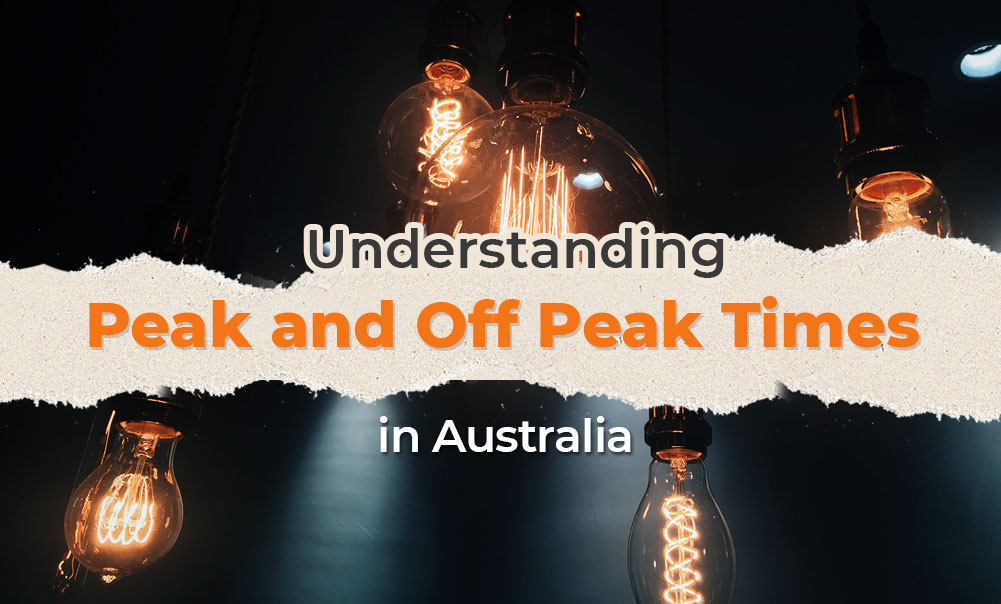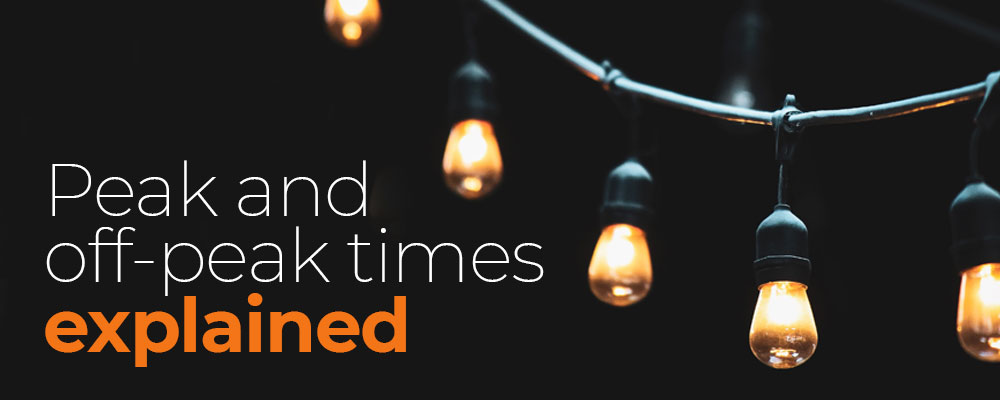Understanding Peak and Off-Peak Energy Times in Australia
Peak and off-peak electricity usage times and rates play a factor in the reduction of your overall energy costs. However, there are important things that you need to know about the two including how they differ and how they can impact the amount you pay to your electricity provider in Australia.
Here’s a guide that will help you skip the confusion about peak and off-peak electricity.
Peak and off-peak energy explained
Did you notice ‘peak usage’ on your energy bill and want to know what it is? There are actually different meanings depending on the type of energy tariff that a customer has signed up to.
Single rate tariff –
for this type, the electricity cost is the same regardless of the time of day it is consumed. The term ‘peak usage’ especially applies to those with a controlled load wherein a reduced rate is applied when a customer pays for specific systems that consume energy such as hot water heating or pool pump. With a controlled load, a tariff is particularly dedicated to appliances that consume high energy and use a separate meter from the rest of the property.
With controlled load excluded, a single rate tariff customer’s peak usage will reflect all energy usage.
Time of use tariff –
this is a type wherein the consumers pay varied prices for electricity depending on the time of day when electricity is consumed. In the ‘peak usage’ component of your energy bill, the amount of energy used during hours that are considered as peak times (usually on weekdays between 3 pm and 9 pm) will be reflected.
Customers on a time of use tariff will find peak usage costs on their energy bills next to off-peak and ‘shoulder’ costs.
Peak and off-peak electricity rates
Consumers who are under a ‘time of use’ or ‘flexible pricing’ tariff are the ones who’ll pay peak and off-peak electricity rates. A smart meter is required to be installed on the property to do this.
The time of use tariff is an option that you can discuss with an electricity provider in your area. It usually brings financial benefits especially if a consumer uses less power during the night. However, it can lead to bigger spending if you fail to correlate your energy habits to this option.
On the other hand, single rate tariff users may get the impression that different energy rates are paid during different times of the day. Don’t be confused. A large majority of Australian households are on a single rate tariff. If there are things that are not clear regarding the type of energy tariff that you are using, refer to your bill or contact your energy provider.
Peak and off-peak times: Important tips to know
• Confirm the type of energy tariff that you have signed up to with your electricity provider. This will help you establish if actually being charged different rates for using power at different times.
• Time of use or flexible pricing tariff is most suited for households that use more energy during the day. On the other hand, if you tend to consume more power at night, this is not the best option for you.
• With single rate tariff, peak and off-peak times do not affect your energy bill so you don’t really need to be too mindful about what time of day to use energy.
ALSO READ: Steps to Find New Electricity Providers in Brisbane
Whether you are on a single rate tariff or time of use tariff, you will be able to make the most of our energy plan by making it a point to compare energy plans, electricity providers, and rates.
Electricity Wizard can help you. Contact us today or visit our website to use our energy comparison tool.
Note we also now offer Smart Meter and Demand Meter Energy Rates and Comparisons.









